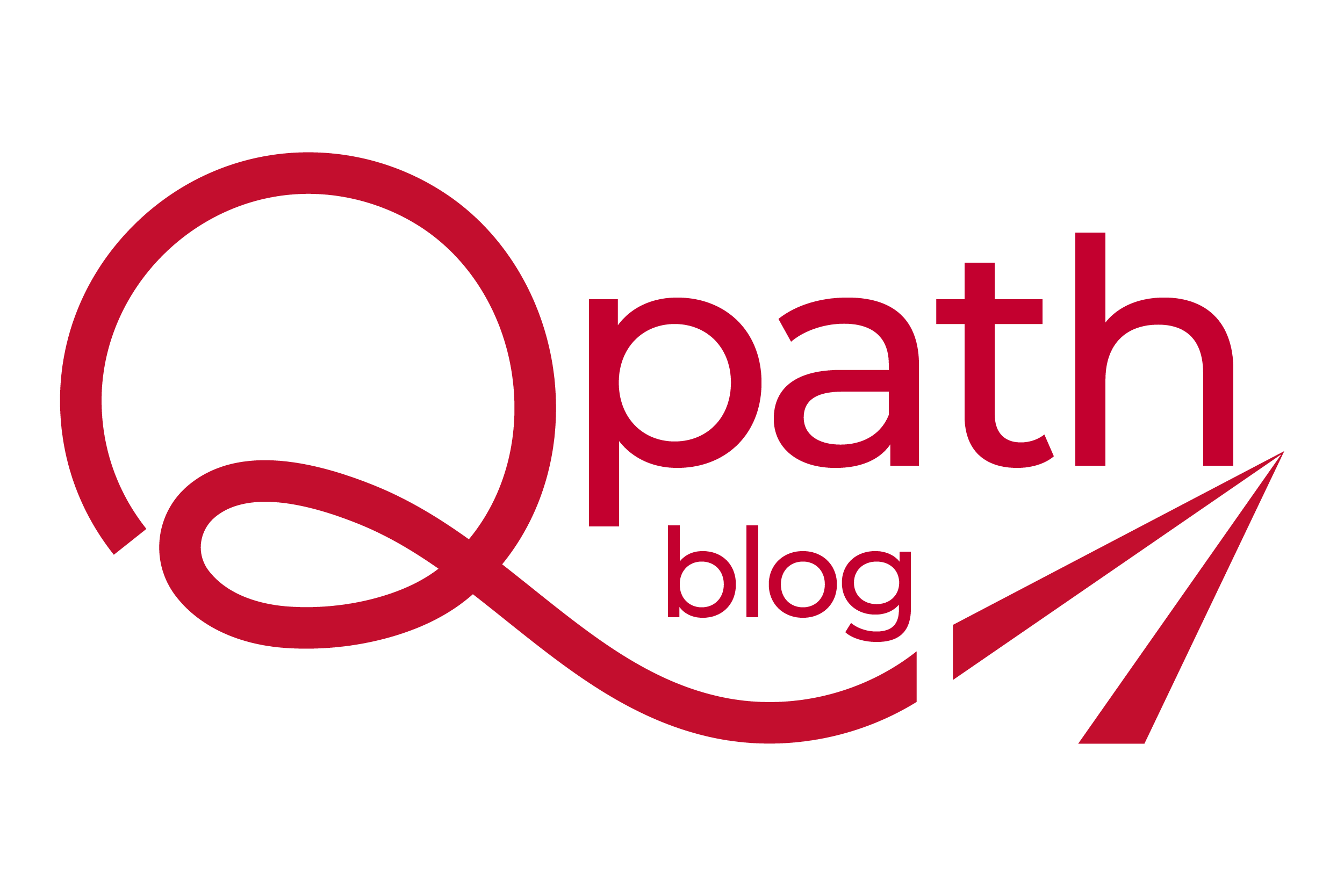As policymakers grapple with reform to improve care quality and lower costs, the demand for medication management services is at an all-time high. While this dynamic presents plenty of opportunities and challenges for pharmacists and pharmacies, there are still many unknowns about alignment of care and payment incentives. A variety of recent policy actions in Washington, DC, all point to pharmacist-conducted services playing a key role. Significant developments to watch in 2017 include pharmacist provider status legislation, pharmacist services in Medicaid and the Medicare Part D Enhanced Medication Therapy Management (MTM) model.
Pharmacist Provider Status Legislation
Pharmacist stakeholders received a big boost at the beginning of 2017 with the re-introduction of the Pharmacy and Medically Underserved Areas Enhancement Act (S.109 / H.R. 592) in both the U.S. Senate and House of Representatives. On January 12, 2017, U.S. Senators Chuck Grassley (R-IA), Bob Casey (D-PA), Sherrod Brown (D-OH) and 23 additional senators re-introduced legislation that garnered 51 co-sponsors during the 2015-16 congressional session. The following week, the U.S. House of Representatives followed suit with the re-introduction of H.R. 592, led by the following representatives: Brett Guthrie (R-KY), Tom Reed (R-NY), G.K. Butterfield (D-NC) and Ron Kind (D-WI), along with a total of 107 co-sponsors. By the close of the 2015-16 congressional session, the House version of the Pharmacy and Medically Underserved Areas Enhancement Act had attracted an impressive 296 co-sponsors.
In addition to widespread support in Congress, the legislation is a top priority for many pharmacist stakeholder groups. Under the legislation, Medicare Part B payments may be authorized when pharmacists, acting under the scope of their state’s pharmacy practice act, provide services to Medicare beneficiaries in underserved geographic areas. Similar to Medicare payments to nurse practitioners and physician assistants, the Pharmacy and Medically Underserved Areas Enhancement Act would limit rates to 85 percent of what would be paid to physicians under Medicare Part B. Since legislation was introduced with strong support in both the House and Senate, supporters are aiming to advance the bills to the floor in 2017.
CMS Encourages States to Expand Pharmacists’ Scope of Practice
In related action, the Centers for Medicare & Medicaid Services Center for Medicaid and CHIP Services (CMS-CMCS) issued a guidance document on January 17, 2017, that encourages state Medicaid programs to improve beneficiary access to drugs by expanding the scope of practice and services that can be provided by pharmacists. The guidance document details the potential benefits for Medicaid programs that allow pharmacists to dispense drugs prescribed independently, under collaborative practice agreements, standing orders or other established protocols. The guidance notes that 48 states currently allow for one or more of these methods, but more can be done to expand state scope of practice acts.
In the guidance document, the dispensing of immunizations, contraceptive pills and naloxone (an opioid overdose-reversal drug) were listed as examples in which states could expand the scope of practice to include pharmacists. The guidance notes that increasing access to care would be effective in improving patient outcomes. CMS-CMCS added that these practices are state options, not requirements, but emphasized that they can “facilitate easier access to medically necessary and time-sensitive drugs for Medicaid beneficiaries.”1 Pharmacist stakeholders hope the new guidance document will spur state legislatures to reform their state laws, expanding the scope of practice for pharmacists.
Enhanced MTM Model
In January 2017, a new Enhanced MTM model designed to align the incentives of Part D sponsors and CMS to optimize MTM resources and outcomes was launched. The model is currently operating in 11 states: Arizona, Florida, Iowa, Louisiana, Minnesota, Montana, Nebraska, North Dakota, South Dakota, Virginia and Wyoming. Under the model, select sponsors obtained CMS’s approval to use different eligibility criteria based on cost thresholds, number of chronic conditions, number of current medications, drug adherence, patient safety, patient population and other demographic and clinical factors.
The Enhanced MTM model tests whether sponsor flexibility is improving quality of care while also reducing costs. Sponsors are using a wide variety of patient education and follow-up strategies in their MTM programs that include collaborations with pharmacists and prescribers to identify and resolve medication therapy issues. Participating sponsors have financial incentives under the model where they receive a prospective per-member-per-month payment plus a performance-based payment of up to $2 per member per month. As the model is rolled out in 2017, pharmacists are positioning themselves to work with sponsors to generate additional payment for their services.
The Road Ahead
The new Congress and Presidential Administration began the year with more questions than answers about the direction of health reform. Against a backdrop of uncertainty, the environment for advancing pharmacist services has never been more favorable. The Pharmacy and Medically Underserved Areas Enhancement Act is poised to gain traction after securing a majority of senators and representatives as co-sponsors of the legislation during the previous session of Congress. How quickly the bills move in the House and Senate will be closely monitored as pharmacist stakeholders continue to press for more support. There are promising opportunities for pharmacist services with the new CMS guidance encouraging states to expand the pharmacist scope of practice laws at the state level. Part D Enhanced MTM creates an opportunity for pharmacists, and all eyes will be on the 11-state demonstration program to see if plan sponsors use pharmacist services to achieve the high-performance incentive payments available in the program. Taken together, these new developments position pharmacists for success in 2017.
Brad Kile is president of the Dumbarton Group, LLC, an advocacy and policy firm.
Source:
1 The Centers for Medicare & Medicaid Services Center for Medicaid and CHIP Services. CMCS Informational Bulletin. State Flexibility to Facilitate Timely Access to Drug Therapy by Expanding the Scope of Pharmacy Practice using Collaborative Practice Agreements, Standing Orders or Other Predetermined Protocols. January 17, 2017. Accessed at: https://www.medicaid.gov/federal-policy-guidance/downloads/cib011717.pdf.

Comments (0)